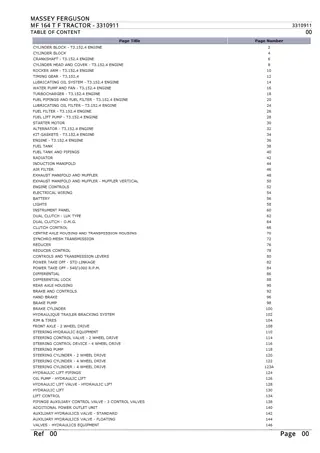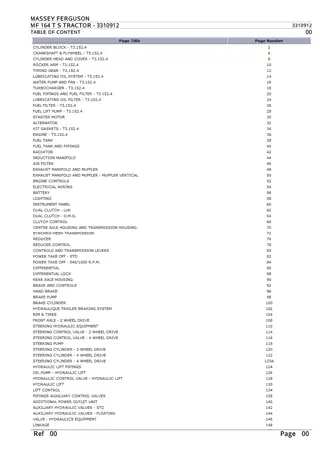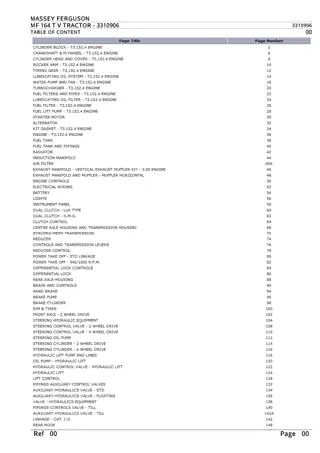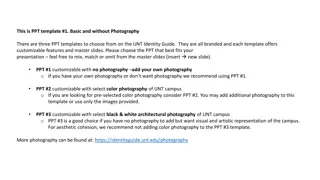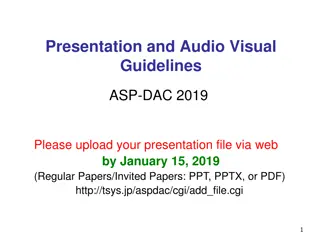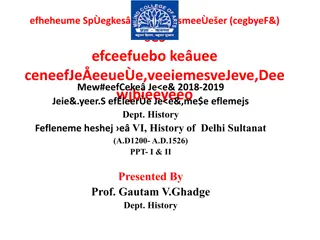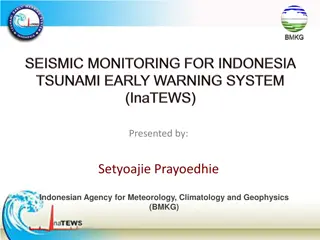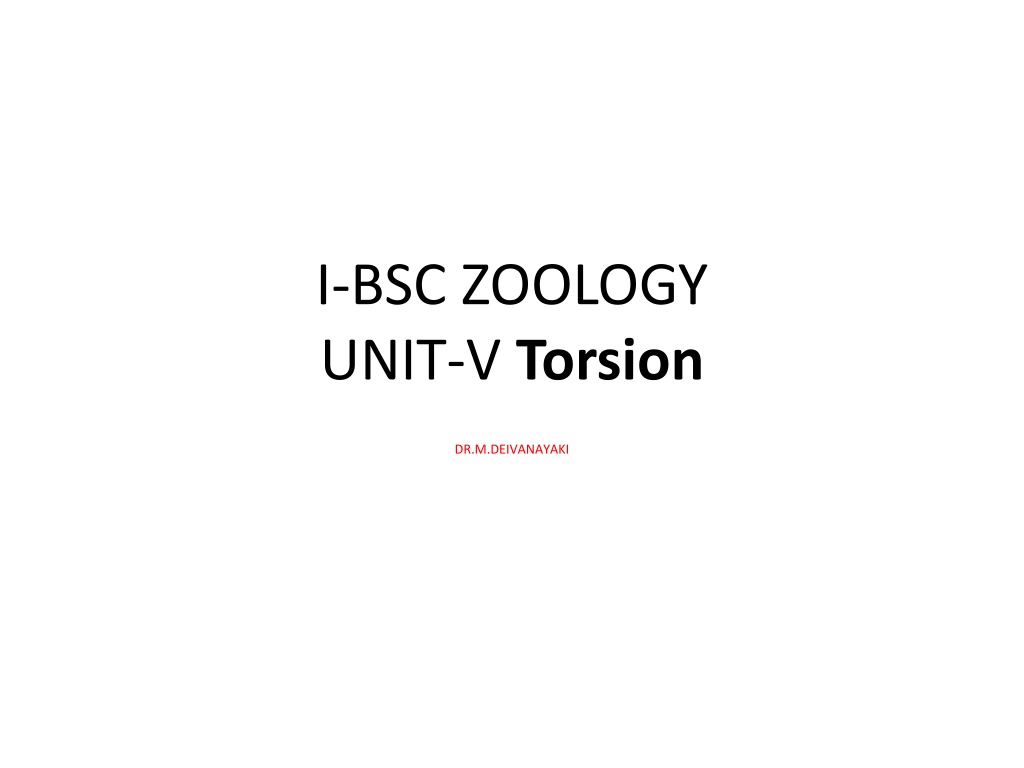
Understanding Torsion: A Unique Gastropod Synapomorphy
Torsion is a significant process in gastropod development involving the rotation of visceral organs, mantle, and shell. This rotation brings about specific changes in organ positioning, which have both larval and adult implications. The effects of torsion on organ positions and the significance of this unique adaptation in gastropods are explored in this informative content.
Download Presentation

Please find below an Image/Link to download the presentation.
The content on the website is provided AS IS for your information and personal use only. It may not be sold, licensed, or shared on other websites without obtaining consent from the author. If you encounter any issues during the download, it is possible that the publisher has removed the file from their server.
You are allowed to download the files provided on this website for personal or commercial use, subject to the condition that they are used lawfully. All files are the property of their respective owners.
The content on the website is provided AS IS for your information and personal use only. It may not be sold, licensed, or shared on other websites without obtaining consent from the author.
E N D
Presentation Transcript
I-BSC ZOOLOGY UNIT-V Torsion DR.M.DEIVANAYAKI
Torsion is a gastropod synapomorphy which occurs in all gastropods during larval development. Torsion is the rotation of the visceral mass, mantle, and shell 180 with respect to the head and foot of the gastropod. This rotation brings the mantle cavity and the anus to an anterior position above the head.
Torsion is the rotation of the visceral mass and foot 180 degrees with respect to the head and foot, and is a unique synapomorphy of modern gastropods. Torsion occurs during development in all gastropods, usually in the late veliger stage. However, some gastropods do not remain torted when becoming adults.
Effect of Torsion: 1. Position of organs in pre-torsional stage: Posteriorly located mantle cavity opens backward; mouth and anus at opposite ends; ctenidia pointed backwards; auricles behind the ventricle; nervous system bilaterally sym- metrical; coiled visceral sac and shell dorsal or exo-gastric. Position of organs in post-torsional stage: Mouth cavity opens in front just behind the head; gut assumes U-shape; anus lies in front near mouth; ctenidia shifted to front, directed backwards, the right one shifted to the left and vice versa, the auricles become anterior to the ventricle and the position changed right to left and vice versa; nervous system becomes twisted into a figure of 8 by crossing of the pleurovisceral connectives; coil of visceral sac and shell become ventral or endogastric.
Significance of Torsion: ADVERTISEMENTS: Author are in agreement that torsion is the result of a larval mutation but they do not agree on the advantage of such mutation restricted only to the larva or extends to the adult. 1. Due to torsion the mantle cavity becomes anterior and the sensitive parts of the anterior end including the head and also the foot of the larva could be withdrawn into the mantle cavity at the approach of danger. Garstang (1928) holds that torsion represents a larval mutation, which is of advantage to the larva and not the adult, a concept shared by Yonge (1947). By rotation the anteriorly placed mantle cavity provides a refuge for the delicate head and velar lobes of the larva, and it is not directly advantageous to the adult. 2. Morton (1958) believes the final effects of torsion due to larval mutation are profound in the adult snails though in a different way: a. Torsion promotes stability in the adult by bringing the body of the snail nearer to substratum. b. The free flow of respiratory water current in the posteriorly located mantle cavity containing the gills is obstructed by the back- flow of water current during upstream movement of the snail. In reverse situation, anteriorly placed mantle cavity is continuously flushed with fresh water current. c. The forward position of the receptors enables the snail to scan the surroundings and also test the quality of water and mud.


